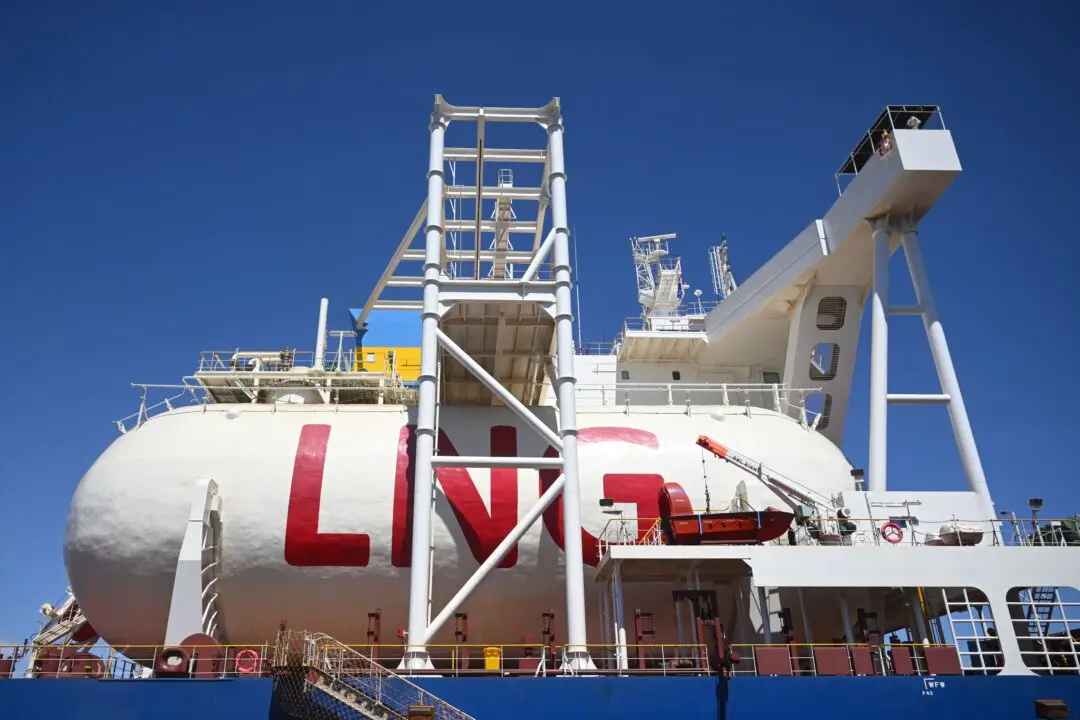One of Australia’s largest commercial banks has warned that lenders across the country will soon impose higher interest rates on businesses that do not have a plan to reduce their carbon emissions.
During a recent business event, Andrew Irvine, the group executive for business and private banking at the National Australia Bank (NAB), shared his view on the outlook of the Australian lending market and what banks would expect of business customers.





